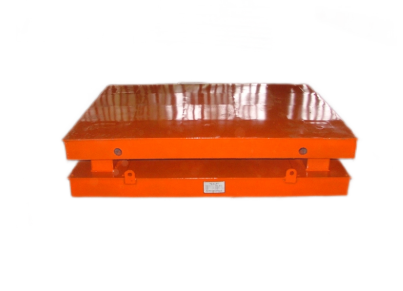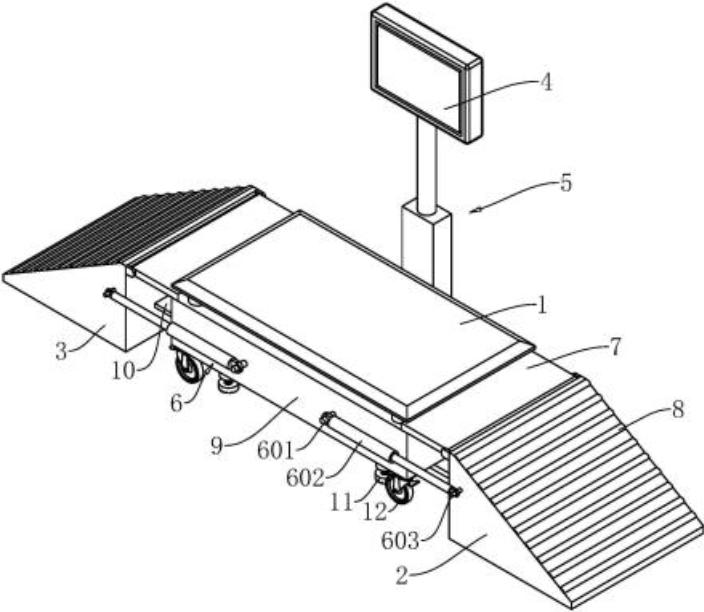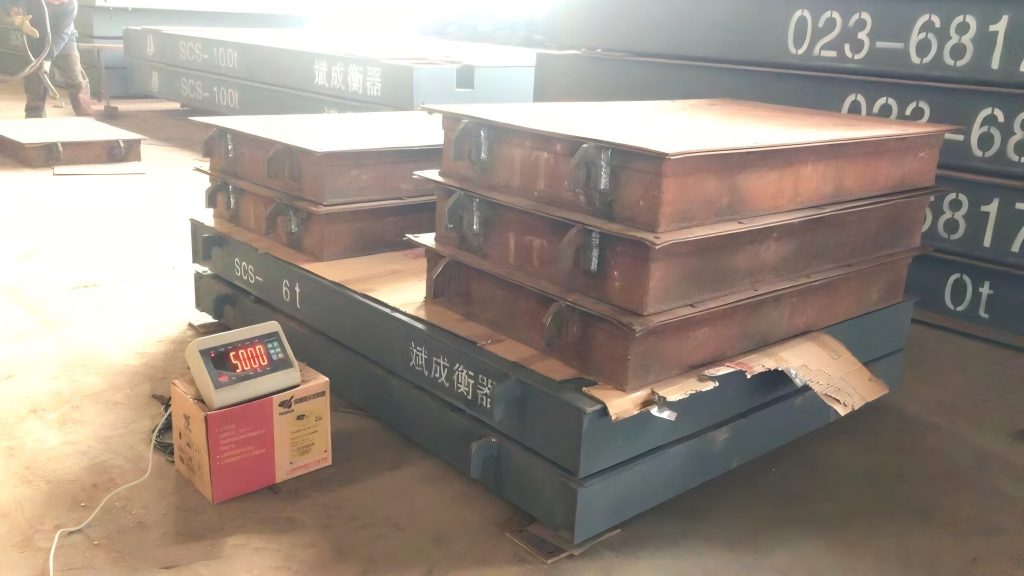Maintenance Tips to Extend the Lifespan of Your Electronic Platform Scale
Over time, electronic platform scales are susceptible to damage such as dust buildup and moisture. This can lead to decreased precision, underscoring the importance of maintaining and caring for your digital scale.
Even high-quality electronic scales require regular maintenance. Typically, scheduling routine calibration with the supplier helps ensure the scale’s accuracy and precision. However, beyond calibration, there are numerous methods to preserve the integrity and ensure the optimal condition of your scale.
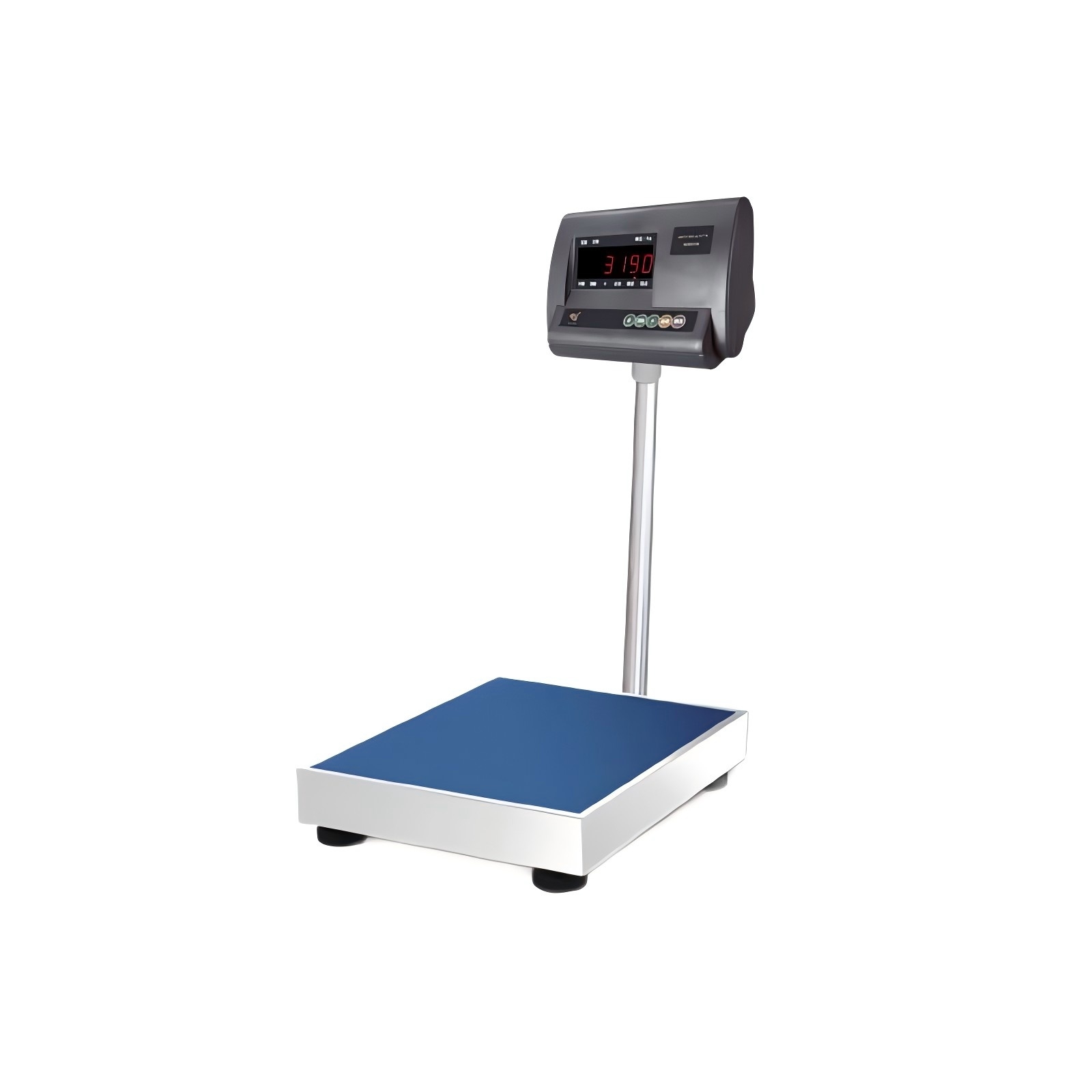
Importance of Maintaining Electronic Platform Scales
Electronic platform scales are the workhorses of many industries. From warehouses and factories to shipping docks and grocery stores, these scales play a vital role in ensuring accurate weight measurements. However, their accuracy and functionality are not guaranteed forever. Without proper maintenance, several issues can arise, jeopardizing not only the integrity of your business operations but also potentially leading to financial losses and safety concerns.
Here’s a deeper dive into why maintaining your electronic platform scales is crucial:
- Maintaining Customer Trust: Inaccurate weight readings can have a domino effect. Businesses selling products by weight risk overcharging customers or losing profits due to undercharges. This can damage customer trust and loyalty.
- Compliance with Regulations: Many industries have specific regulations regarding weight accuracy. Failing to comply with these regulations due to a poorly maintained scale can result in fines or even business closures.
- Inventory Control and Production Efficiency: Accurate weight measurements are essential for proper inventory control and production processes. Inaccurate readings can lead to overstocking or understocking of materials, impacting production schedules and potentially causing delays.
- Safety Concerns: A malfunctioning scale with a compromised platform or faulty readings can pose safety risks. Uneven platforms or inaccurate weight displays can lead to accidents when heavy objects are being weighed.
By implementing a regular maintenance routine, you can prevent these issues and ensure your electronic platform scales continue to provide reliable and accurate measurements. This translates to smoother operations, increased efficiency, and ultimately, a positive impact on your bottom line.
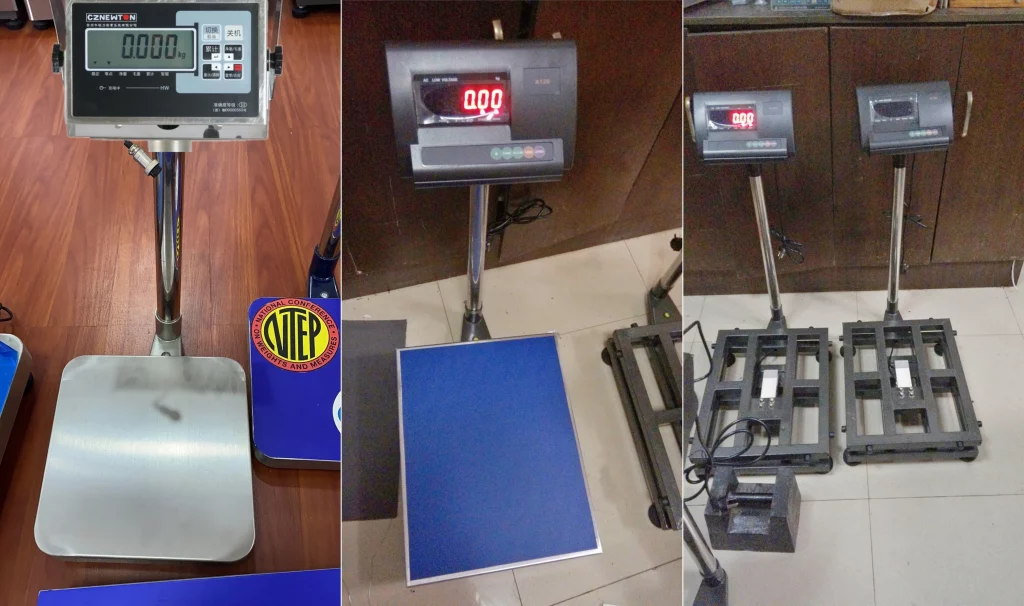
Essential Maintenance Tips for Electronic Platform Scale
The key to keeping your electronic platform scale functioning optimally for years to come lies in a consistent and well-defined maintenance routine. Here’s a closer look at some essential tips you can incorporate:
1. Routine Cleaning
Dust, dirt, debris, and even spilled liquids can accumulate on the platform and weighing surface, affecting weight readings. Use a slightly damp cloth with mild soap and water to wipe down the platform and surrounding areas. Avoid harsh chemicals or abrasive cleaners, as these can damage the delicate components of the scale. Remember to unplug the scale before cleaning to prevent electrical hazards.
2. Respect the Weight Limit
Every electronic platform scale has a maximum weight capacity. Exceeding this limit can put immense strain on the internal load cells, potentially leading to permanent damage and compromising the scale’s accuracy. Weigh items well within the recommended weight range to prevent costly repairs or replacements. Most scales have a weight display that indicates the current weight and will often have a visual or audible warning if the weight limit is approached.
3. Find the Right Location
The placement of your electronic platform scale can significantly impact its performance. For accurate readings, the scale needs to be positioned on a stable, level surface. Uneven floors or vibrations can cause fluctuations in weight measurements. If necessary, use leveling feet or shims to ensure the platform is perfectly balanced. Additionally, avoid placing the scale in areas with extreme temperatures, moisture, or direct sunlight. These environmental factors can damage the internal components and affect the scale’s operation.
4. Keep it Clean and Clear
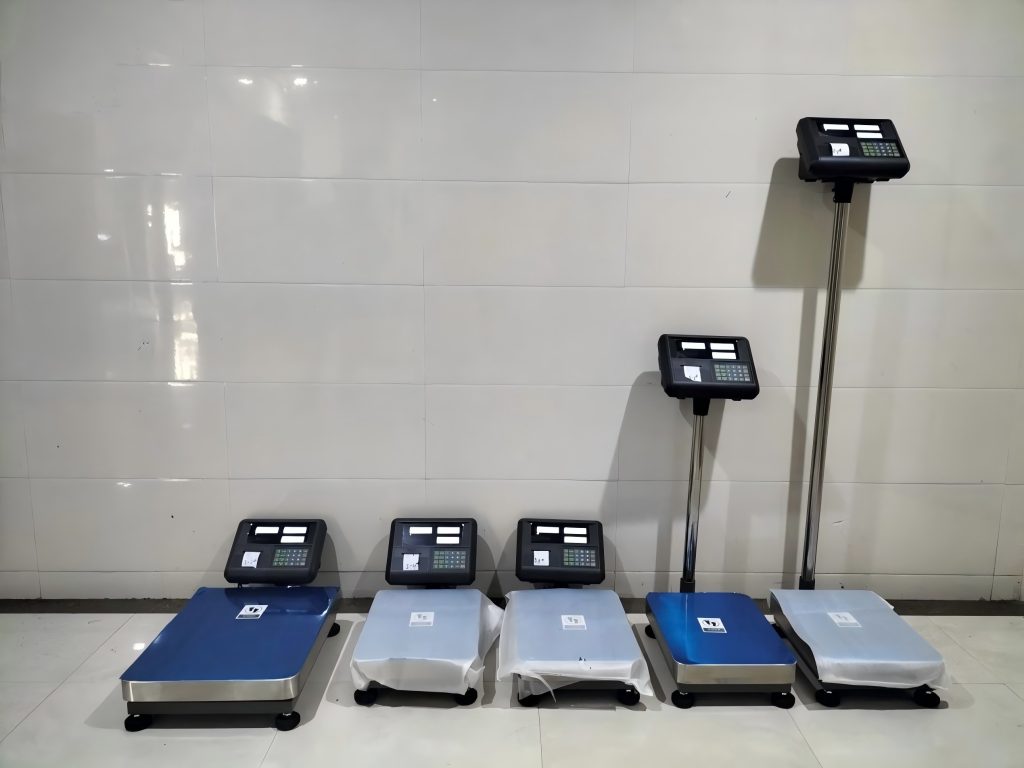
Beyond the platform itself, it’s important to maintain the surrounding area of your electronic platform scale. Debris or objects underneath the platform can interfere with the weighing mechanism and lead to inaccurate readings. Regularly inspect the area and remove any obstructions to ensure optimal performance.
5. Software Updates
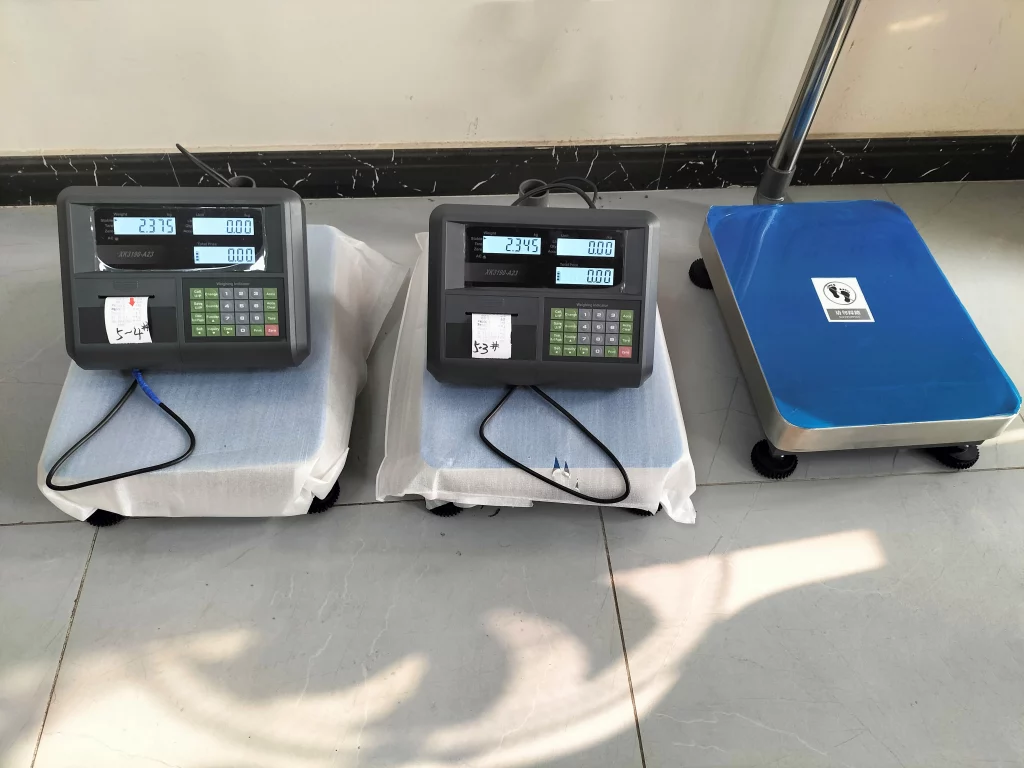
Some advanced electronic platform scales come with built-in software that may require periodic updates. These updates can improve functionality, fix bugs, and enhance the scale’s accuracy. Check with the manufacturer for available software updates and follow their instructions for installation. This ensures your scale continues to operate at its peak performance.
6. Power Supply Management
Consistent power supply is crucial for maintaining the accuracy of your electronic platform scale. Sudden power surges or fluctuations can disrupt the scale’s internal workings and lead to inaccurate readings. Consider using a voltage regulator to protect your scale from such fluctuations. Additionally, for critical applications,a backup power supply can ensure uninterrupted operation in case of a power outage.
By following these essential maintenance tips, you can significantly improve the lifespan and accuracy of your electronic platform scale.
Best Practices for Long-Term Care
While essential maintenance tips form the foundation for keeping your electronic platform scale functioning well, incorporating these additional best practices will ensure optimal long-term care and maximize its lifespan:
- Routine Inspections: Develop a habit of performing regular visual inspections of your scale. Look for any signs of damage such as cracks in the platform, loose cables, or corrosion on the weighing surface. Early detection of these issues allows you to address them promptly before they snowball into more significant problems requiring extensive repairs or replacements. A quick visual inspection can also identify any build-up of debris or foreign objects lodged beneath the platform, which can affect the scale’s accuracy.
- Certified Parts and Qualified Technicians: If repairs become necessary, resist the use of generic or non-certified parts. While they might seem like a cost-effective option initially, these parts may not be compatible with your specific scale model and could compromise its performance or even void the warranty. For repairs, seek out a qualified technician with experience working on your brand and model of electronic platform scale.
- User Training: Investing in proper user training for your employees who use scale can significantly extend its lifespan. Training should cover proper loading techniques to avoid overloading the platform, safe handling practices to prevent accidental damage, basic cleaning procedures for maintaining the scale’s hygiene, and identifying any potential malfunctions or error messages displayed.
- Records Management: Maintaining a logbook or electronic record-keeping system for your scale’s maintenance history is a valuable practice. This log should document routine cleaning events, including dates and cleaning solutions used. It should also include records of calibration certificates with details like the date of calibration, the technician who performed it, and any adjustments made. Additionally, log any repairs performed on the scale, including the date, nature of the repair, and the parts replaced.
- User Manual as Your Guide: The user manual that came with your electronic platform scale is a treasure trove of information. Refer to it for proper cleaning procedures specific to your model, recommended calibration intervals based on usage and required precision, and troubleshooting tips for common error messages. The user manual also provides specifications regarding the scale’s weight capacity and environmental limitations for optimal operation.
Conclusion
By following these simple maintenance tips and best practices, you can extend the lifespan of your electronic platform scale and guarantee its accuracy for years to come.
If you have other questions, please contact us for solutions.

